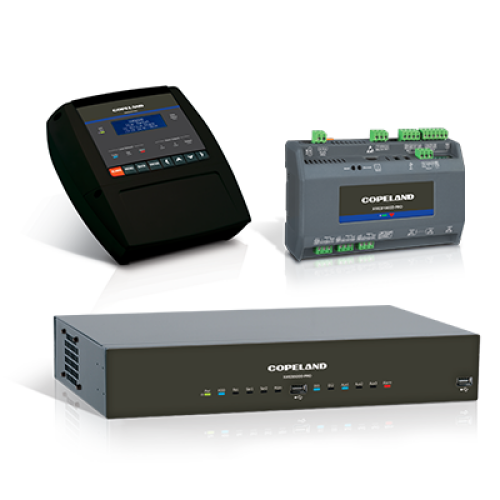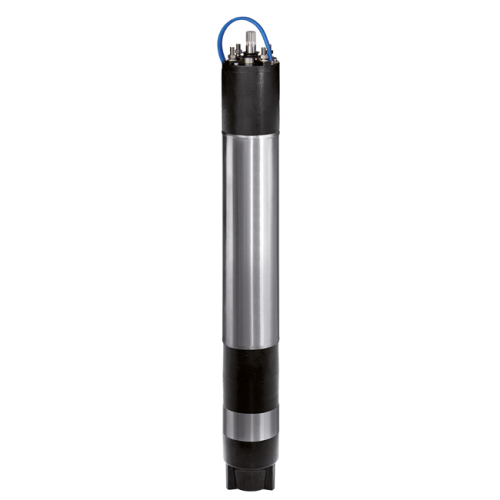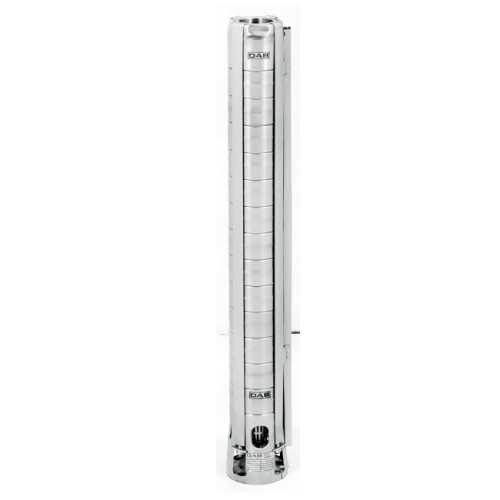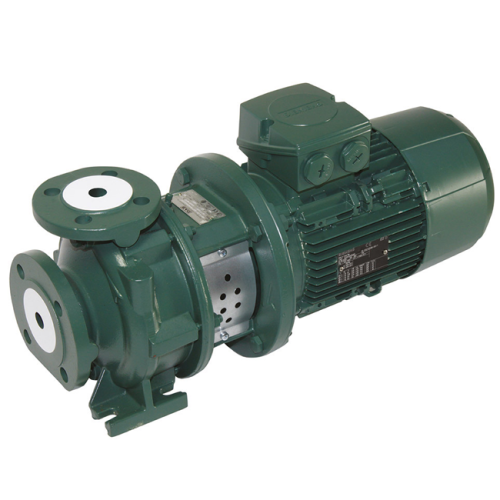Electrical and electronic components
Electrical and electronic components: essential for system efficiency and functionality
Electrical and electronic components are key elements in ensuring the proper functioning, efficiency, and safety of systems across numerous industrial and domestic sectors. These components include a wide range of devices and materials that perform critical functions in electrical and electronic systems.
In this article, we will explore the characteristics of electrical and electronic components, their benefits, how they function, and key considerations for their selection and use.
Characteristics of electrical and electronic components
Electrical and electronic components include resistors, capacitors, inductors, diodes, transistors, relays, switches, transformers, and printed circuit boards (PCBs). Each type of component has specific characteristics that make it suitable for different applications. For example, resistors are used to control current flow, while capacitors store and release electrical energy. Transistors, on the other hand, are essential for amplification and electronic switching.
Material selection is crucial to ensure the durability and reliability of components. Materials such as silicon, germanium, and polymers are commonly used in electronic components due to their excellent conductive and insulating properties. Precision in dimensions and technical specifications is essential to ensure that components function correctly within circuits.
Applications of electrical and electronic components
Electrical and electronic components are used in a wide range of sectors, including:
- Industrial automation: Used for controlling and monitoring industrial processes, improving efficiency and productivity.
- Consumer electronics: Essential for the operation of devices such as smartphones, computers, televisions, and household appliances.
- Automotive industry: Employed in engine management systems, infotainment systems, and safety devices such as airbags and ABS.
- Telecommunications: Key components in network infrastructure and communication devices, ensuring reliable connectivity and data transmission.
- Renewable energy: Used in energy management and conversion systems in solar, wind, and biomass power plants.
Innovations in electrical and electronic components
Continuous innovation is driving advancements in the field of electrical and electronic components. The use of advanced materials such as graphene and organic semiconductors is improving component performance and efficiency. Miniaturisation technologies are enabling the development of increasingly compact and powerful devices, while the integration of sensors and IoT (Internet of Things) technologies is revolutionising the monitoring and control of electronic systems.
Smart components, with self-diagnosis and communication capabilities, are emerging as innovative solutions to enhance system reliability and predictive maintenance. These developments are opening new possibilities for industrial automation, energy management, and consumer applications.


























